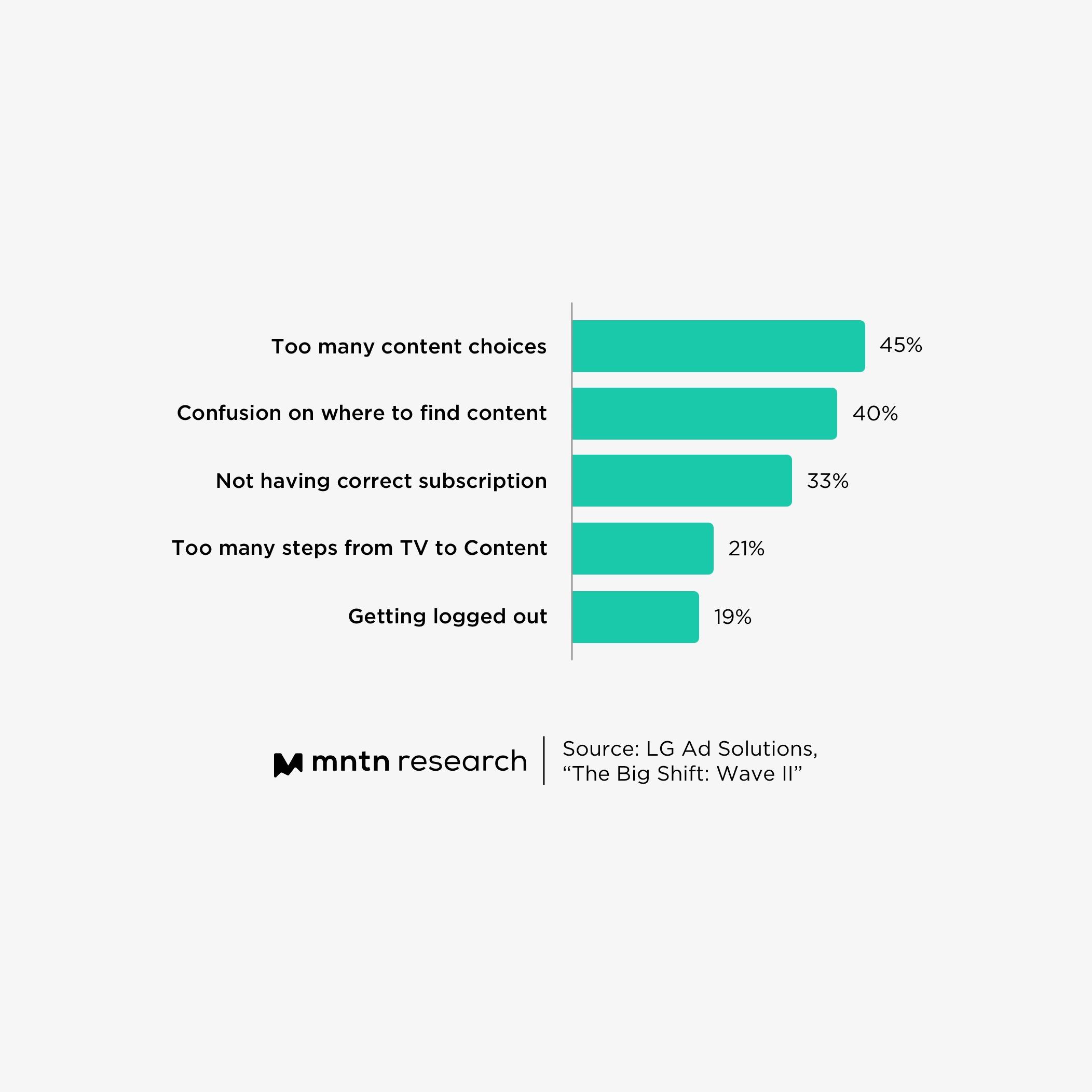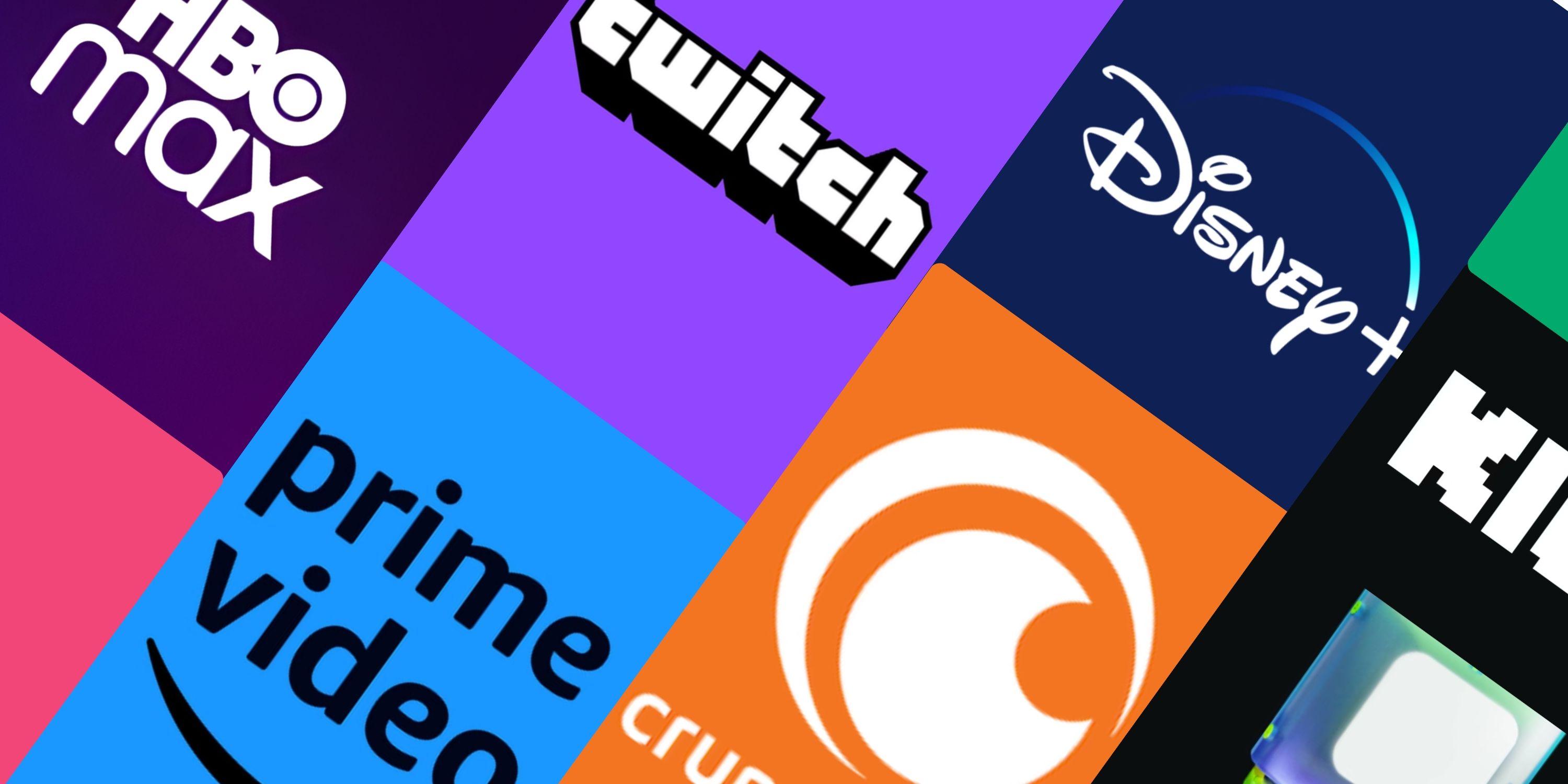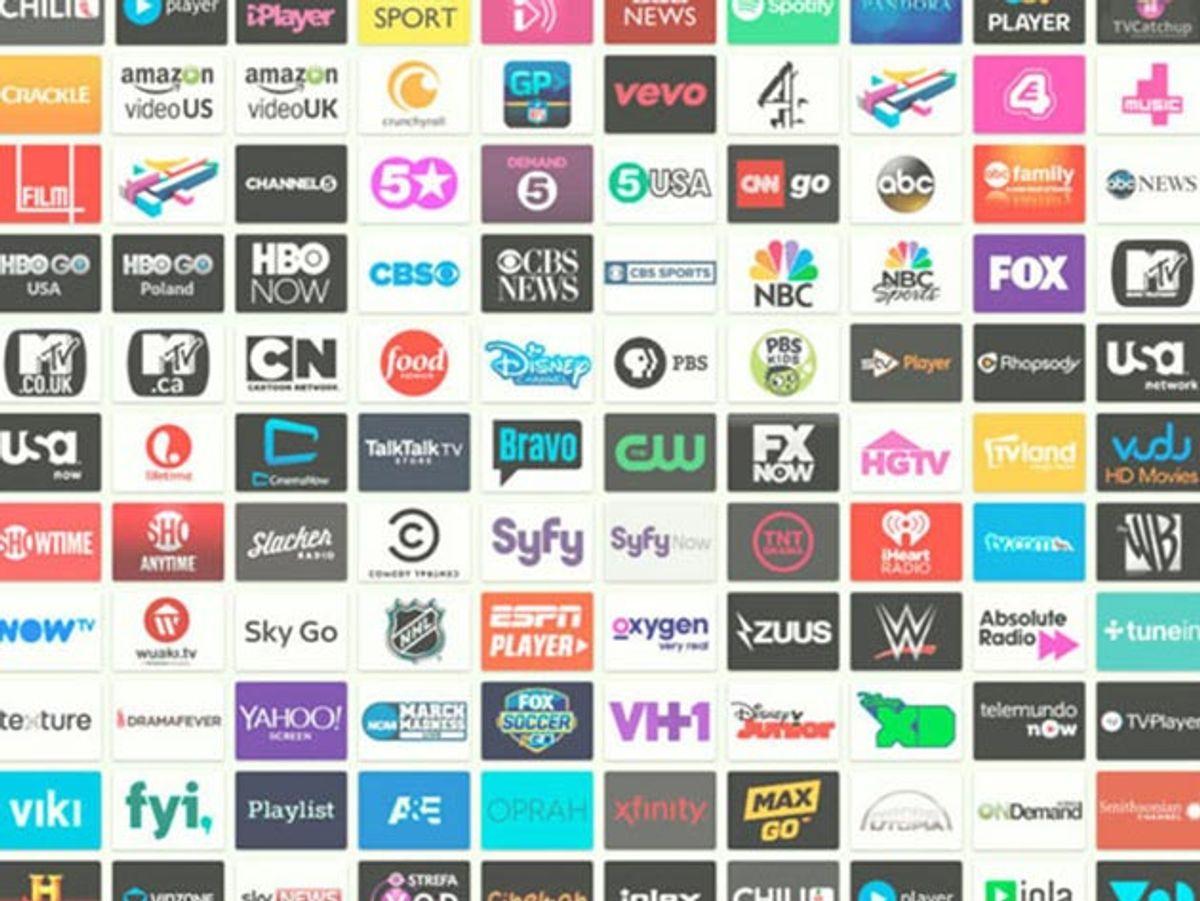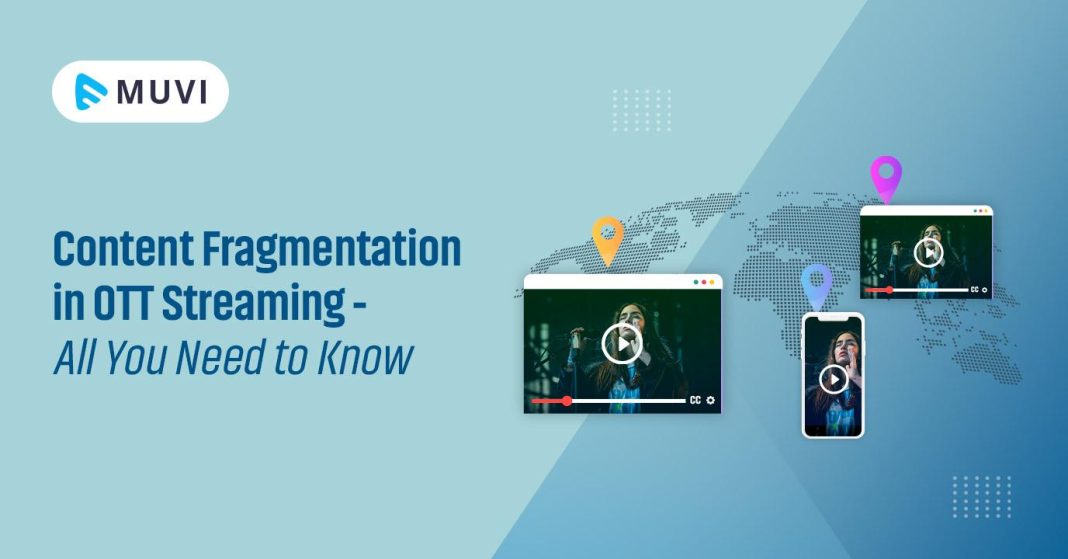In recent years, the landscape of entertainment consumption has undergone a dramatic transformation, largely driven by the proliferation of streaming services. As consumers eagerly embrace this digital evolution, a new challenge has emerged: content fragmentation. With an ever-expanding array of platforms vying for attention, viewers are faced with the daunting task of navigating a complex web of subscriptions, each offering exclusive access to coveted shows and movies. This article explores the implications of this fragmentation, examining its impact on consumer choice, industry competition, and the overall viewing experience. By delving into the intricacies of the streaming ecosystem, we aim to provide a comprehensive understanding of whether the abundance of options enhances or hinders our ability to access and enjoy content.
Understanding the Rise of Content Fragmentation in Streaming Services
As the landscape of streaming services continues to evolve, the phenomenon of content fragmentation has become increasingly prevalent. This refers to the division of media content across multiple platforms, each vying for exclusive titles to attract subscribers. In the past, viewers could find a broad range of shows and movies on a single service. Today, however, popular titles are scattered across a plethora of platforms, requiring consumers to subscribe to multiple services to access their desired content.
- Exclusive Content: Streaming giants are investing heavily in original programming, leading to a more fragmented content library. Shows and movies that were once available on multiple platforms are now often tied to specific services.
- Licensing Agreements: As rights holders seek to maximize profits, they are more selective about licensing deals, resulting in content being available on fewer services.
- Consumer Impact: While more options can be seen as a positive, it also means that viewers must navigate a complex web of subscriptions, often leading to frustration and increased costs.
Understanding these dynamics is crucial for both consumers and industry stakeholders as they navigate the evolving digital entertainment landscape. As the market continues to diversify, the challenge will be to balance exclusivity with accessibility, ensuring that viewers can enjoy a seamless and satisfying viewing experience.

Evaluating the Impact of Fragmentation on Consumer Experience
In today’s digital age, consumers are presented with a vast array of streaming services, each offering a unique collection of content. This fragmentation can have several implications for the consumer experience. For one, the sheer number of platforms may lead to decision fatigue as users attempt to navigate through numerous subscriptions to find their desired content. This can result in frustration, as viewers may struggle to remember which service hosts a particular show or movie.
Moreover, the financial burden of maintaining multiple subscriptions can be significant. Users are often forced to prioritize which platforms to subscribe to, potentially missing out on exclusive content. This fragmentation can also lead to a sense of disconnection from popular cultural conversations, as access to trending shows and films becomes more segmented. Key considerations for consumers include:
- Cost-effectiveness: Evaluating which subscriptions provide the best value for money.
- Content accessibility: Ensuring that desired content is easily accessible across platforms.
- Platform loyalty: Determining which services align best with personal viewing preferences.

Strategies for Navigating Multiple Streaming Platforms
In an era where entertainment options are abundant, effectively managing multiple streaming platforms requires strategic planning. Here are some tactics to streamline your viewing experience:
- Consolidate Services: Take advantage of bundle offers that combine multiple streaming platforms under a single subscription. This not only reduces costs but also centralizes your viewing options.
- Create a Content Calendar: With so many shows and movies to keep track of, having a schedule can help you prioritize what to watch. Use digital tools or apps to set reminders for new releases and upcoming seasons.
- Leverage Free Trials Wisely: Many platforms offer free trials for new users. Plan to explore these during times when they have exclusive content you’re interested in, ensuring you maximize your access without commitment.
- Use Watchlist Features: Most streaming services offer a watchlist feature. Add titles you’re interested in, allowing you to easily find them later without the hassle of searching across platforms.
By implementing these strategies, you can enjoy a more organized and efficient streaming experience, reducing the overwhelming feeling of content fragmentation.

Recommendations for Streaming Services to Enhance User Satisfaction
To tackle the challenge of content fragmentation, streaming platforms can implement several strategies to enhance user satisfaction. One effective approach is to offer bundled subscription packages. By partnering with other streaming services, companies can provide users access to a broader range of content under a single subscription, simplifying the viewing experience and reducing subscription fatigue.
- Unified Search and Recommendations: Integrate cross-platform search functionalities to allow users to find content across multiple services without switching apps.
- Personalized Content Curation: Use advanced algorithms to curate content based on user preferences, ensuring that viewers discover shows and movies that align with their tastes.
- Flexible Subscription Models: Introduce customizable plans that let users select specific genres or channels, making it easier to tailor content to individual interests.
- Improved User Interface: Design intuitive and user-friendly interfaces that enhance navigation and content discovery, providing a seamless experience across devices.
By implementing these strategies, streaming services can not only alleviate the frustrations caused by content fragmentation but also foster a more engaging and satisfying viewing environment for their users.







































